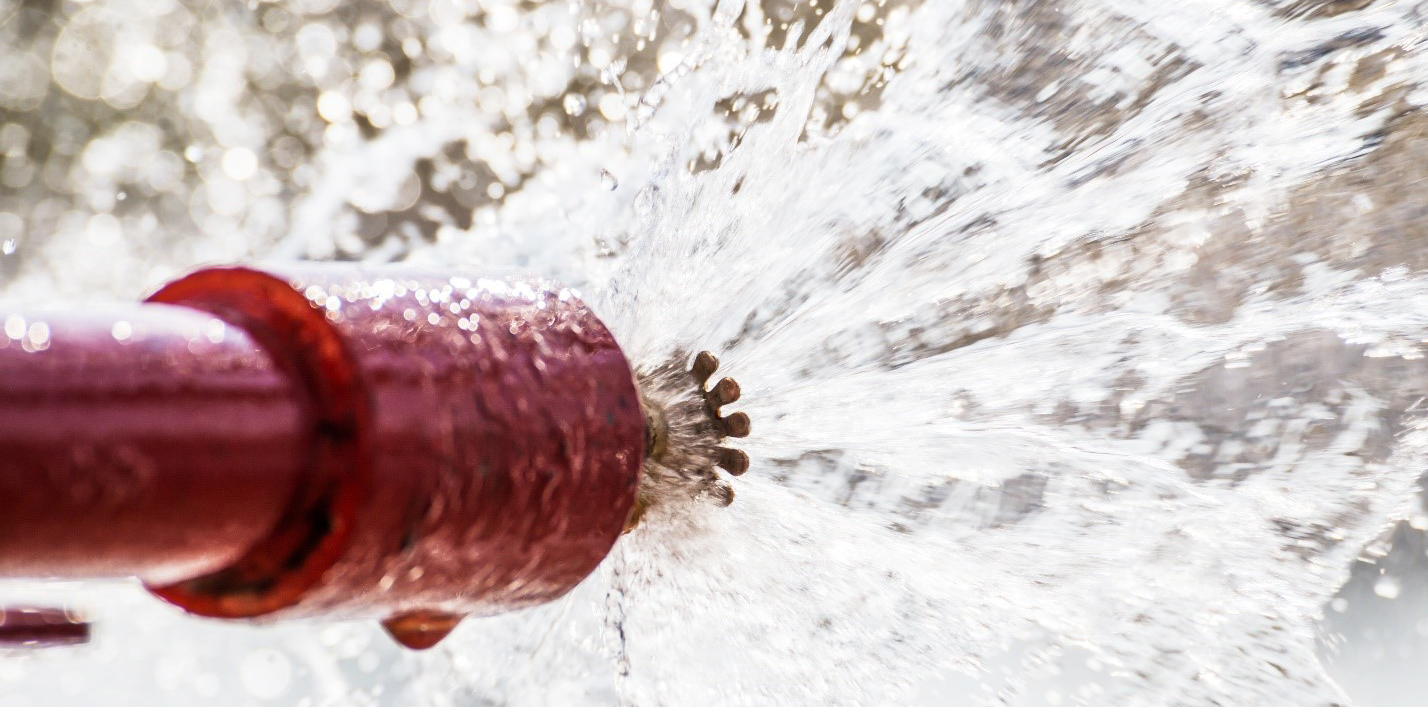
A building’s automatic fire sprinkler system is a water piping network with discharge devices to spray water to control a fire until the fire department arrives. The discharge devices are called automatic sprinklers. When a fire occurs in a building, sprinklers operate automatically immediately after their heat-activated element reaches a predetermined operating temperature. Once operated from the heat of a fire, water is released out of the sprinkler opening in a spray pattern designed to extinguish the fire in the immediate area of fire origin. Most people don’t know that only one or two sprinklers within the fire typically operate as that’s where there is sufficient heat to trigger the operation of those sprinklers.
On an annual basis, a technician performs a visual inspection. Specific components are checked to see that they appear to be in ready-working order. The most common type of automatic sprinkler system is called a wet-pipe sprinkler system. These are the components that are required to be visually inspected on an annual basis (most often from the floor level):
- Sprinklers are inspected for leakage, corrosion, damage, loading, paint, and fluid loss in glass-bulb sprinklers (25, 5.2.1.1).
- Where sprinkler guards are installed, they are inspected for damage (25, 5.2.1.1.7.1).
- Sprinkler piping and fittings are inspected for corrosion and integrity (25, 5.2.2).
- Hangers, bracing, and supports are inspected for corrosion, damage, or failure (25, 5.2.3).
- Automatic air vents are inspected for damage and signs of leakage (25, 13.11 and 13, 8.1.5).
- Spare sprinkler cabinets are checked for the correct number and type of sprinkler, a sprinkler wrench for each type of sprinkler, and a list of spare sprinklers (25, 5.2.1.4).
- The hydraulic design information sign is legible and attached to the sprinkler riser (25, 5.2.5).
- The information and general information signs required by NFPA 13 are legible and securely attached (25, 5.2.7, and 5.2.8).
In addition to the above visual inspections, perform periodic maintenance, servicing, and testing of other components as required by NFPA 25. Proper inspection, testing, and maintenance (ITM) at intervals outlined in NFPA 25 is essential to helping assure your customer’s wet pipe sprinkler system will operate in the event of a fire incident.
- References:
1. NFPA 25: Standard for the Inspection, Testing, and Maintenance of Water-Based Fire Protection Systems, 2023 Edition
2. NFPA 13: Standard for the Installation of Sprinkler Systems, 2022 Edition






